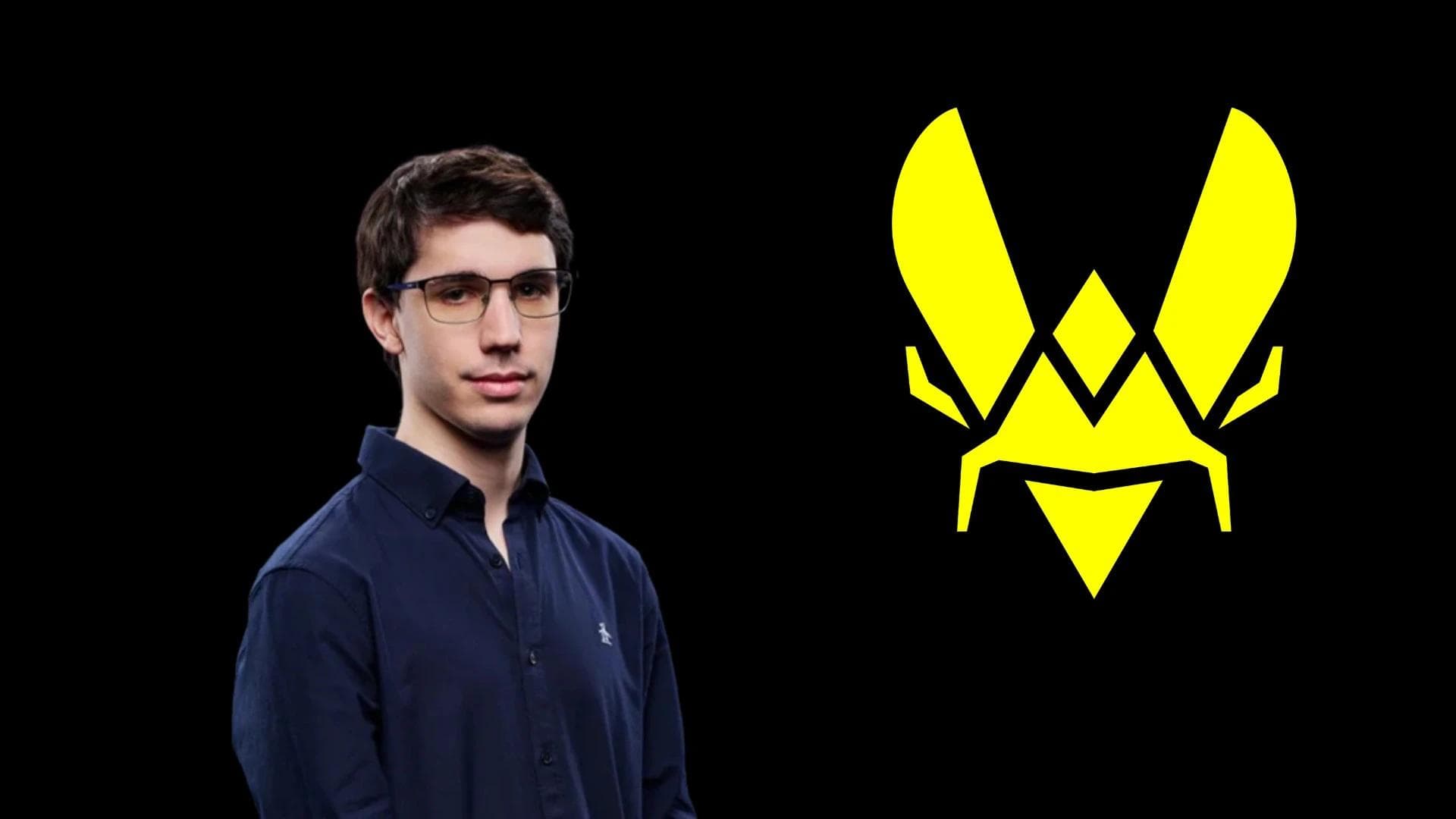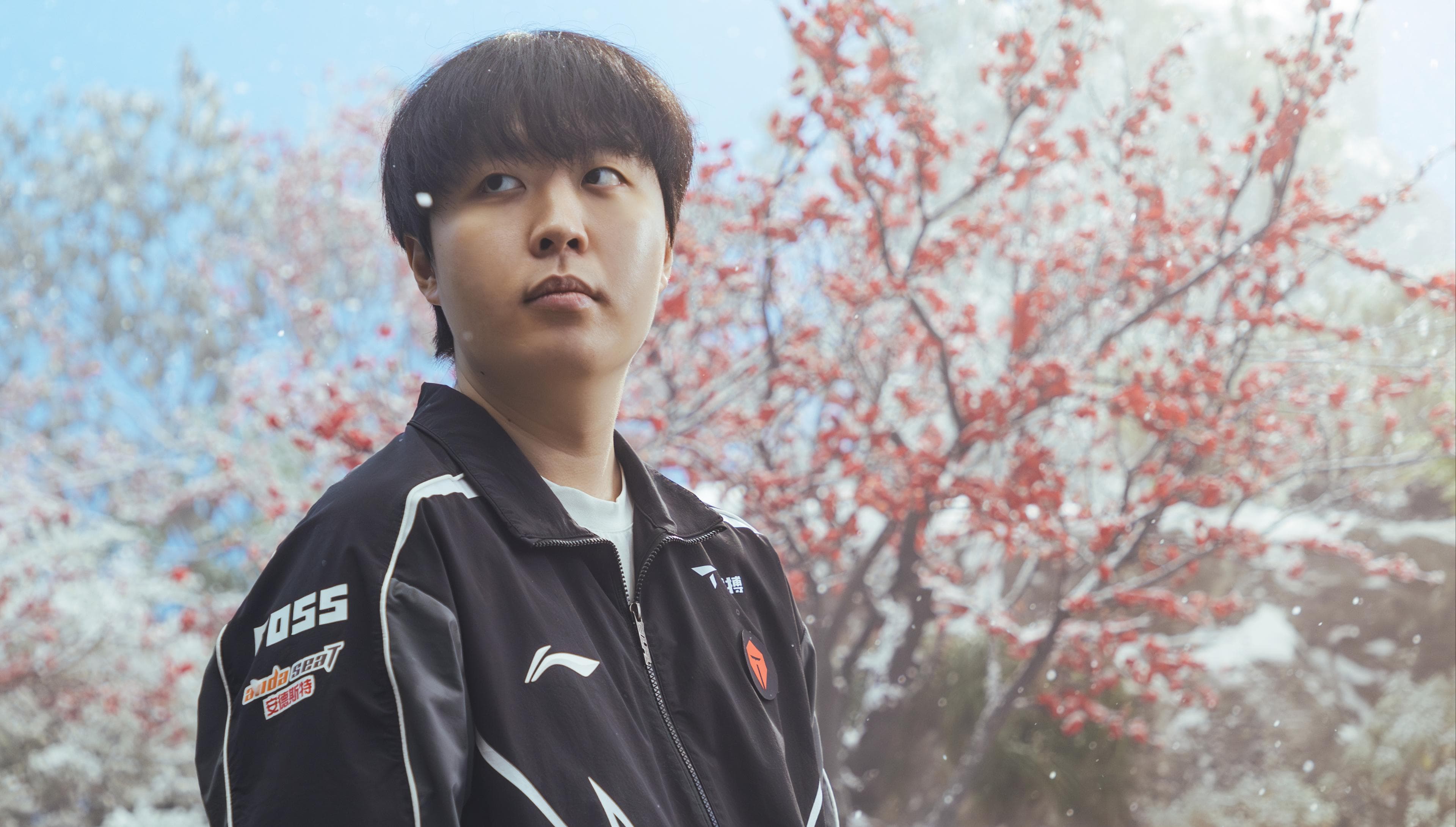Altogether, the ERLs have lost close to 40% of their average viewership since 2022
Since the beginning of 2023, around 80 semi-professional organizations have exited or been removed from the 13 EMEA Regional Leagues (ERL), with the vast majority of these departures being directly linked to financial issues. Suffering from diminishing viewership, budget reshuffling, and high organizational turnover, what does the future hold for the EMEA Masters and its regional leagues? As negotiations for a new three-year license cycle for tournament operators and the addition of a three-split format loom on the horizon, it’s time to take a look at the current state of the League of Legends European Tier 2 Circuit.
A Fading Interest
While struggling viewership for similar products such as the LCK Challengers League, the former LCS Academy League, or the now-defunct European Challenger Series may not be alarming as these leagues focus on talent development rather than sustainability, the EMEA Regional Leagues are different. Unlike other regions, which have circuits directly overseen by Riot Games, the European region uses a variety of third-party organizers to cater to regional needs while enforcing some strict guidelines. The issue arises when an organizer cannot monetize its league and teams cannot achieve sustainability, leading to a complete collapse of the entire regional system.
As many of the most popular ERL brands—such as Karmine Corp, Team Heretics, and KOI—have ascended to the LEC, their fanbases have followed, leading to a decline in interest for the EMEA Masters and its leagues. Though these organizations remain present in regional leagues through academic divisions, their involvement is now understandably lower than before. This viewership trend is evident in the viewership spikes corresponding with the victories of Karmine Corp and Team Heretics. In 2021, when KC won back-to-back editions, the EMEA Masters saw its best year yet, a trend that continued with KC’s third title in Spring 2022 and its fourth title in Summer 2023 before their LEC debut. This same phenomenon also manifested itself with Heretics' victory during the Summer of 2022. Since then, the competition has struggled to maintain stable viewership, with interest waning during other splits.
Whereas the involvement of LEC Academy Teams and the lack of desire to establish a direct promotion path to the LEC—similar to the guest spots in the VCT or the LCS, as confirmed by Maximilian Peter "MAXtheX" Schmidt in a recent interview—suggest that Riot Games’ primary focus is on player development, other factors paint a different picture. The company’s willingness to form financial partnerships with third-party organizers, its efforts to attract new organizations and encourage investments in regional leagues, and the implicit promise to promote high-performing organizations to the EMEA Masters (like Karmine Corp) paints a completely different picture in which the EMEA Masters and its leagues should be a higher-stake circuit than it currently is and a fully-fledged independently sustainable product.
Unfulfilled Potential?
The truth is, to this day, the EMEA Masters struggle with a major identity crisis. Should the competition focus on highlighting the LEC's future talent, or should it aim to create a sustainable product and foster the next generation of organizations and fanbases? As Riot Games attempts to eat slices of both pies, the competition has been stifled and held back over the years due to a persistent reluctance to allow the regional leagues to bloom to their full potential. This hesitation is likely driven by the fear that the ERLs could one day overshadow their primary product, the LEC.
Due to the nature of the circuit, most organizations fail to effectively market themselves and build a strong brand image, as traditional teams often rely on players for self-promotion. Without a direct path to the LEC while remaining with ERL organizations, players are incentivized to leave and join new teams in greater circuits. Consequently, organizations are forced to reinvent themselves year after year, struggling to establish strong identities around core players due to the high roster turnover in the regional leagues.
Initially intended to promote the emerging circuit by helping existing fanbases connect with smaller leagues through a different spin on their favorite squads, LEC Academy teams now create dissonance within the circuit, leading to stagnation. How can new fanbases and narratives develop when a team lacks its own branding and is always seen as just an organization’s "second team"? It is far easier to build a fanbase around a team with its own distinct story. This is particularly evident in the significant drop in viewership during the 2024 Summer edition, where BDS Academy and Vitality's Academy team were the two finalists. Lacking compelling stories and stakes for the two organizations, these were essentially two soulless rosters with players solely focused on moving to better opportunities. This was most evident in Munich’s near-empty audience during the EMEA Masters finals.
What about the ERLs?
It is undeniable that some leagues, like the LFL, have maintained steady growth and viewership by attracting new fanbases throughout the last few years. However, the regional leagues as a whole have been gradually declining, losing substantial portions of their audience. This decline is particularly evident in the LVP's Superliga and most non-accredited leagues. From 2022 to 2024, the 13 ERLs collectively lost nearly 60,000 average viewers, dropping from a yearly average of 151,375 to 91,406.
This decline has affected all leagues in various ways. With competitions losing teams and struggling to stay afloat, the future of many leagues remains uncertain as most fail to meet sustainability thresholds. Tournament operators, working under three-year licenses, partner directly with Riot Games, but smaller leagues receive much lesser support. This year, Riot Games is set to renegotiate a new three-year cycle with all 13 ERLs, which could lead to changes in the system if some organizers choose to withdraw.
In the past two years, among organizations competing in 1st divisions, the NLC has lost 11 teams, the Elite Series has lost 10, and the Ultraliga and TCL have each lost 8. Many more teams have been lost in other leagues. Even the LFL, currently the most successful league, has seen 4 organizations cease operations, with a 5th, Team Du Sud, having announced its exit in 2025, along with a potential 6th one if Aegis decides to cease operations after having been relegated. Among the biggest names that have left the ERLs in recent years are LDLC OL, Schalke 04, ENCE, AGO Esports, Team Queso, Istanbul Wildcats, GamerLegion, and many others.
This abnormally high turnover is something Riot Games attempted to address this year through changes to promotion tournaments, which led to fewer teams being relegated each year. When questioned earlier this year about turnover and sustainability, Max Schmidt provided a positive outlook and commented: "Regarding team turnover, it’s somewhat expected. It happens across regions, whether in the LEC or ERLs. Businesses need to be run profitably to survive. They might break even or run at a loss for a while, but there should be a path to sustainability and profitability [...] What’s critical for us is setting up tournament organizers to be sustainable. With the new license, we’re making significant changes to improve sustainability in the ecosystem. We’re also creating frameworks for TOs to work with their teams to ensure better opportunities for sustainability at the regional and local levels."
Worrying Signs & How NOT to Fix the Issues
Despite good intentions, more signs keep piling up, indicating potential future issues for the circuit. While Riot Games remains committed to making the ERLs work, the company has recently had to reduce its investment in the EMEA Masters. Notable examples of budget cuts include the halving of the 2024 Spring Edition's cash prize by €75,000 and the delegation of match broadcasting to third parties since 2023. Riot Games additionally now contracts Webedia (the LFL's organizer) to run the EMEA Masters for them.
Initially experimenting with delegating the play-in stage broadcasts to partners, Riot has now extended this approach, almost fully delegating coverage of the competition except for the final stage. With the introduction of a new format that often features up to four matches simultaneously, today, the competition sacrifices viewer experience for the sake of increased match volume. While the new format has brought positive changes for teams, it has significantly impacted the marketability of the EMEA Masters and reduced visibility for its teams.
Three-Split Format in the ERLs?
As Riot Games reportedly plans to integrate a three-split format into all ERLs next year, these issues could worsen, given the widespread viewership fatigue affecting the current League of Legends circuit. The LEC’s 2023 numbers demonstrated that while a larger format with more matches can increase total hours watched, it often results in viewership exhaustion and a significant drop in average viewers—unless offset by external factors which manifested in the addition of Karmine Corp and KOI in the LEC this year, which have notably boosted viewership.
Additionally, a three-split format would present a challenging landscape for smaller leagues with limited budgets. Many leagues are already running at a loss and struggling to secure sponsorships. Increasing the number of splits and match days would raise operational costs, making it even harder for these leagues to sustain themselves. For this change to be viable, Riot Games would need to invest more in the leagues, allow for different and adapted formats for each league, and/or consider easing current restrictions on monetization, such as allowing adult-oriented sponsors like alcohol, betting, and cryptocurrencies.
This issue could also affect players and teams, who often operate on tight budgets. Many players in smaller regions balance part-time play with studies or other work. Demanding more time and commitment could lead to a significant number of players retiring or deciding that the investment of time and effort isn’t worthwhile, especially since most ERL organizations outside of accredited leagues like the LFL, Superliga, Prime League, and TCL do not offer livable wages.
Crippling Grassroots Efforts and the NLC's Situation
With an already action-packed global schedule, the EMEA Regional Leagues are now set to follow a similar trajectory, heading down a path that is a cause for concerns. As the calendar fills with more matches for existing ERL teams, many organizers are reevaluating their competitive structures. As reported by Sheep Esports, the Superliga is preparing to remove its second division, potentially due to a lack of resources and room in the competitive calendar to support a fully professionalized secondary league with broadcasts.
But the Superliga may be just the first of multiple leagues to undergo such changes. According to sources, the NLC is planning to eliminate its second division in 2025, shifting its focus entirely to regional leagues like the 4 Nations, League Championship Denmark, Finnish Pro League, Good Game-ligaen, and Svenska Onlineligan. To alleviate the impact of the NLC's changes, sources indicate that the league is set to expand to 10 teams, hosting a "last-chance qualifier" tournament this winter on top of its annual pro-am event, with only existing division 2 and relegation tournament teams participating. This also means that division 2 organizations will not compete in the yearly pro-am event, as they will focus on the LCQ. However, at least six current NLC2 organizations will have their spots revoked by 2025 and will be sent down to regional leagues, competing with other pre-existing Division 3 organizations.
With a smaller infrastructure, the path to professional play is expected to become more difficult, as leagues concentrate their resources on the demanding three-split format. This situation echoes the forced ERL standardization project of 2022, which divided ERLs into accredited and non-accredited leagues and imposed a standardized format. The result was the loss of several teams and partners in leagues like the Benelux and NLC. Now, the introduction of the three-split format seems to be steering tournament operators toward increased operational costs, while scaling back on investments in grassroots talent and the development of emerging organizations. This trend risks creating a semi-closed circuit, limiting opportunities for new teams to climb the ranks.
The Solution?
As Riot Games themselves have stated, every decision involves trade-offs. While the new EMEA Masters format has prioritized the quality of competition and provided more teams with opportunities to compete and prove themselves, the rest of the circuit continues to suffer significantly.
Recently, Riot Games announced a plan to streamline the Global LoL Esports landscape by reducing the number of teams to ensure better sustainability with the remaining partners. Although regional leagues have proven to be diverse and interesting, a similar approach might be necessary in the near future. In 2024, while many leagues exist, only a few offer sustainable products and competitiveness on a broader scale. This disparity is highlighted by the recent 2024 Summer edition of the EMEA Masters, where 5 out of 8 teams in the quarterfinals were from the LFL, while the remaining three were a Spanish team, a Turkish team, and an Italian team.
A True Second Division
Even if a team from a smaller region manages to form a competitive roster (such as GTZ Esports reaching the quarterfinals in Summer 2023), its players are often picked apart in the following off-season, leaving the organization with little to show for its efforts. Despite last year's results, the LPLOL remains one of the poorest leagues today, and while GTZ Esports is among the highest-paying teams in its region, its overall budget is still incredibly low compared to those of larger leagues. On top of this, sources indicate that the team still struggles to pay out its players, as revenue in the Portuguese league remain incredibly low. To address the issues currently plaguing the ecosystem, a consideration of establishing a proper 2nd Division for the LEC could be made. This would allow teams that perform well in the EMEA Masters to be promoted and receive adequate financial support from Riot Games in a more focused scope.
Additionally, improving the distribution of LEC team investment could enhance the marketability of regional leagues. While eliminating the requirement for LEC teams to have an academy team has helped with sustainability and avoided poorly managed teams in ERLs, removing LEC investment entirely harms the ecosystem. Instead, creating a LEC 2nd Division would enable LEC teams to sponsor the most deserving ERL organizations reaching this stage, which could then serve as reserve teams. This approach wouldn’t fully resolve the marketability issues for lower-tier organizations but would provide some compensation and support for their efforts in the ERLs.
Such changes would likely lead to decreased investment in regional leagues and require organizers to operate more independently, similar to the pre-EU Masters era. Still, the current system already implicitly supports this idea, as the LFL, for example, effectively acts as a LEC Division 2, being the league with the highest budget, return on investment, and competitiveness.
Header Photo Credit: Steph Lindgren/Riot Games








/Comments
Write a comment